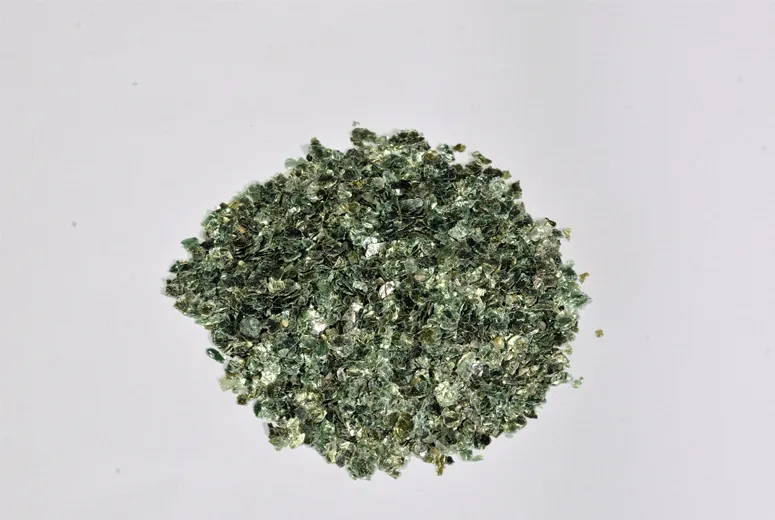Feb . 14, 2025 21:17
Back to list
40-D Mica Powder
Coloring cold process soap with mica offers both beginners and experienced soap artists an exciting way to create visually stunning products without compromising the integrity of the soap itself. Micas, naturally occurring minerals, are celebrated for their shimmering and vibrant colors, making them a preferred choice for coloring a variety of cosmetic products, particularly cold process soap. The process, however, requires an understanding of both the material and the method to achieve best results, ensuring that your handiwork is both beautiful and safe to use.
Safety is paramount; therefore, confirming the cosmetic grade of mica is essential, especially when applied in soaps intended for sensitive skin areas. Mica used for coloring soap should always be skin-safe, free from heavy metals and certified for cosmetic use. Verifying your sources and reviewing safety data sheets can prevent allergic reactions and ensure compliance with safety standards. It's also worth noting the environmental consideration when choosing mica. Synthetic micas, which are lab-created, offer a more eco-friendly and ethically responsible choice. These alternatives mimic the shine and vibrancy of natural mica without the potential ethical issues associated with mining practices in some regions. The style and technique of swirling, layering, or embedding colors in cold process soap allow artisans to design visually captivating products. Varying the types of molds, playing with embedding colored soap shapes, or utilizing swirling techniques can all be amplified with the rich palette that mica offers. This creativity not only enhances the soap’s aesthetic appeal but also sets apart a soap maker's product line in a crowded market. Documenting your results, whether successful or needing improvement, enriches your understanding of how mica interacts with different soap recipes. Keeping meticulous records aids in not only replicating previous successes but also provides insights into refining your methods for even more vibrant results. In conclusion, coloring cold process soap with mica can transform an ordinary soap into a work of art. Through careful selection of materials, precise preparation, and dedication to practicing safe, eco-friendly methods, soap artisans can inspire confidence in consumers with a product that is visually appealing, skin-friendly, and responsibly produced. With the right approach and attention to detail, the colorful allure of mica can be harnessed to reflect the soap maker's artistry and commitment to quality.


Safety is paramount; therefore, confirming the cosmetic grade of mica is essential, especially when applied in soaps intended for sensitive skin areas. Mica used for coloring soap should always be skin-safe, free from heavy metals and certified for cosmetic use. Verifying your sources and reviewing safety data sheets can prevent allergic reactions and ensure compliance with safety standards. It's also worth noting the environmental consideration when choosing mica. Synthetic micas, which are lab-created, offer a more eco-friendly and ethically responsible choice. These alternatives mimic the shine and vibrancy of natural mica without the potential ethical issues associated with mining practices in some regions. The style and technique of swirling, layering, or embedding colors in cold process soap allow artisans to design visually captivating products. Varying the types of molds, playing with embedding colored soap shapes, or utilizing swirling techniques can all be amplified with the rich palette that mica offers. This creativity not only enhances the soap’s aesthetic appeal but also sets apart a soap maker's product line in a crowded market. Documenting your results, whether successful or needing improvement, enriches your understanding of how mica interacts with different soap recipes. Keeping meticulous records aids in not only replicating previous successes but also provides insights into refining your methods for even more vibrant results. In conclusion, coloring cold process soap with mica can transform an ordinary soap into a work of art. Through careful selection of materials, precise preparation, and dedication to practicing safe, eco-friendly methods, soap artisans can inspire confidence in consumers with a product that is visually appealing, skin-friendly, and responsibly produced. With the right approach and attention to detail, the colorful allure of mica can be harnessed to reflect the soap maker's artistry and commitment to quality.
Prev:
Next:
Latest news
-
Transforming Surfaces with Mica-Enhanced Paints in Coatings and DecorationNewsJul.02,2025
-
The Ultimate Guide to Mica-Based Luminous Colors with Pearlescent PigmentNewsJul.02,2025
-
The Critical Role of Mica in Industrial Applications in Welding and Oil FieldsNewsJul.02,2025
-
Revolutionizing Automotive Aesthetics with Modified Plastics Pearlescent PigmentsNewsJul.02,2025
-
The Secret with Mica Powder for Cosmetics Behind Radiant, Natural MakeupNewsJul.02,2025
-
Enhancing Performance in Polymer Applications with Mica Powder for RubberNewsJul.02,2025
Products categories









